Ligado Plans GPS Augmentation Service
 Photo source: Dee Ann Divis.
Photo source: Dee Ann Divis. Ligado, which has been in a standoff with the GPS community over interference issues for more than six years, is developing a new high-precision location (HPL) augmentation system for GPS.
The new HPL service will use real-time kinematic- (RTK-) based solutions for augmentation of high-precision receivers, said Tamara Casey, Ligado’s chief technology officer, during Satellite 2017.
By Inside GNSS
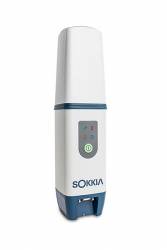

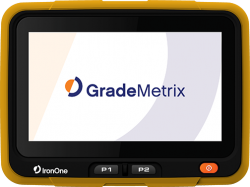
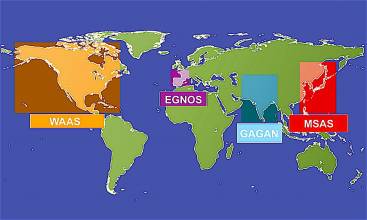
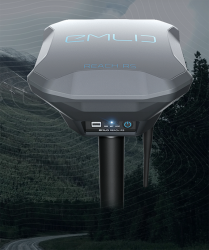
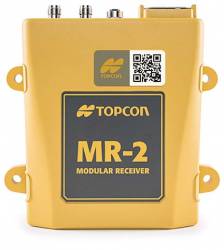
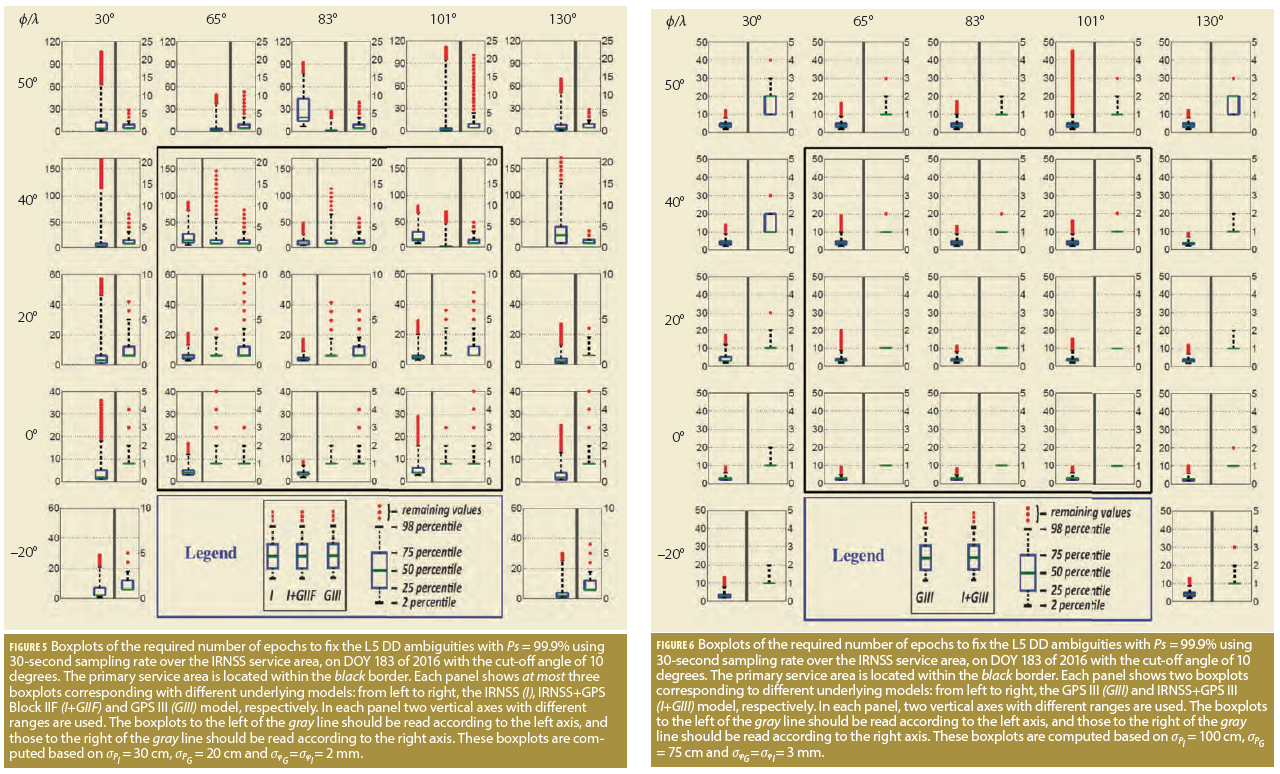
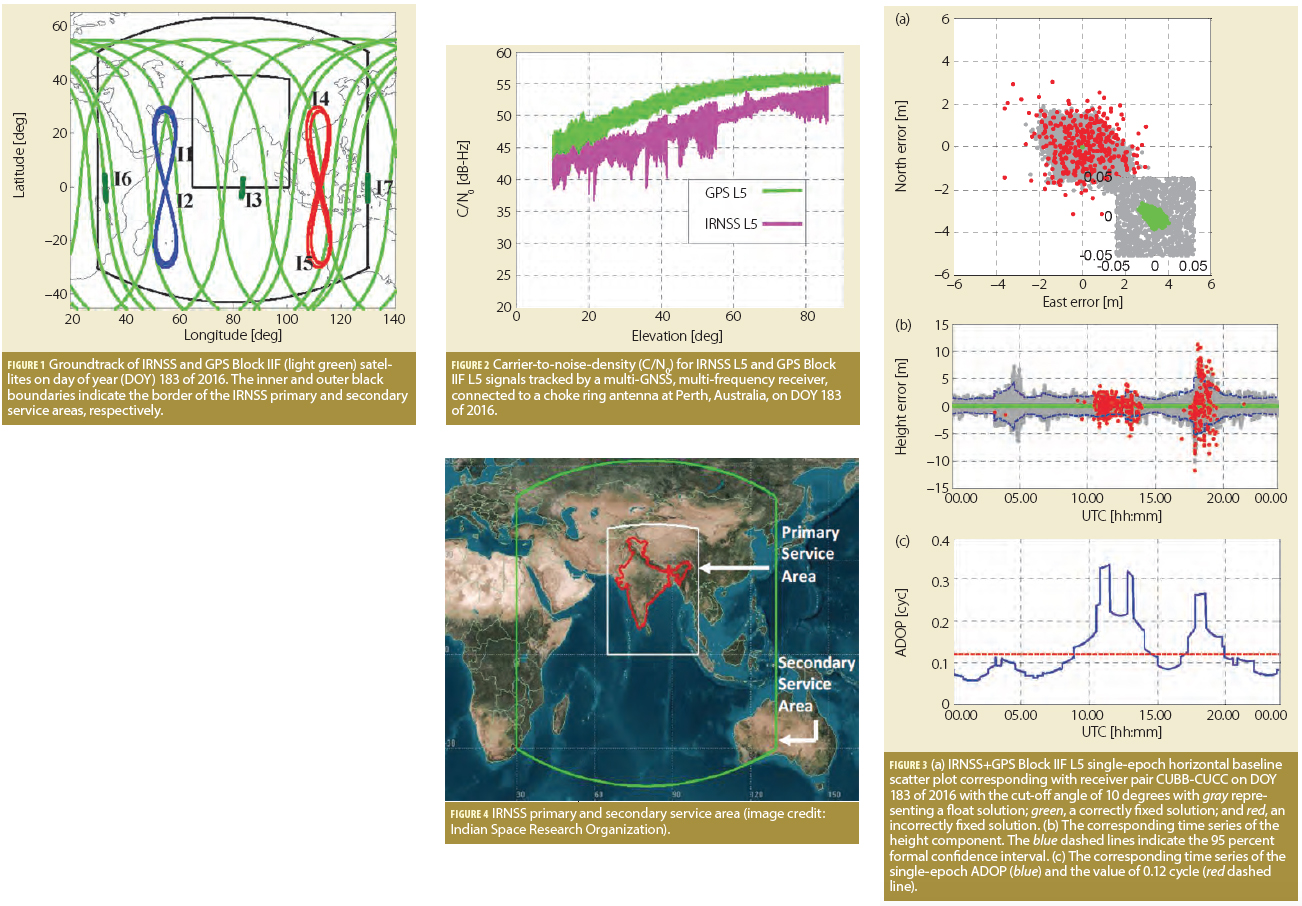
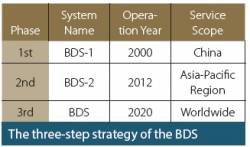
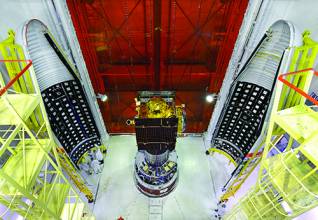
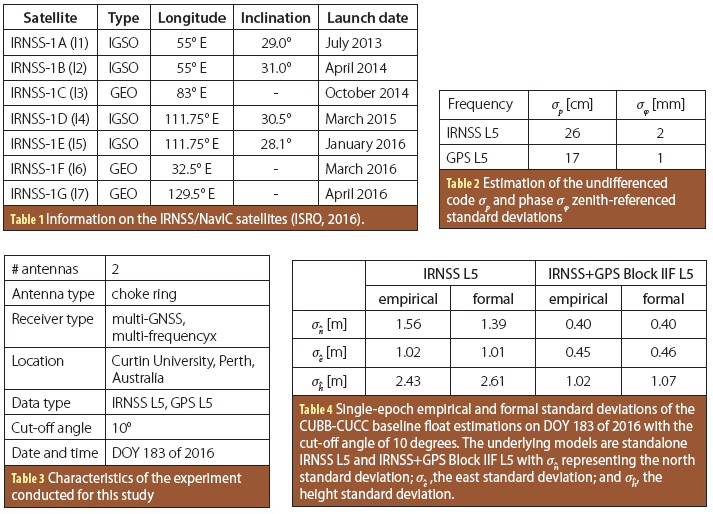
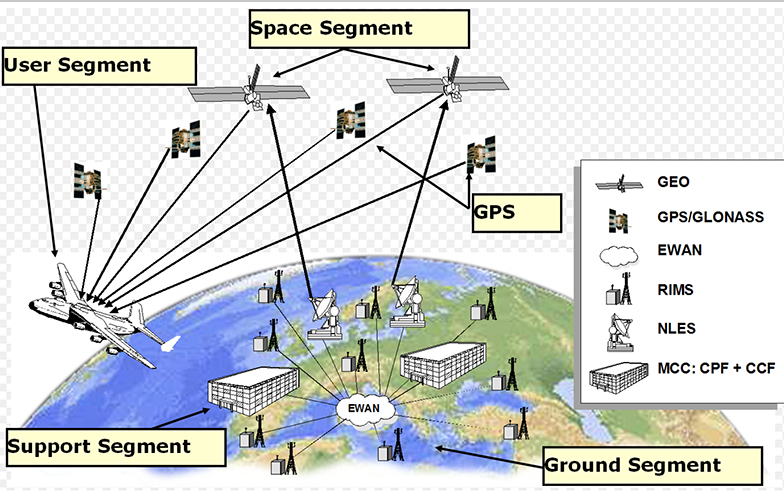

_and_Fergus_Noble_(R),_co-founde-e240cc279eaa83b2be814504fc94555b.jpg)
